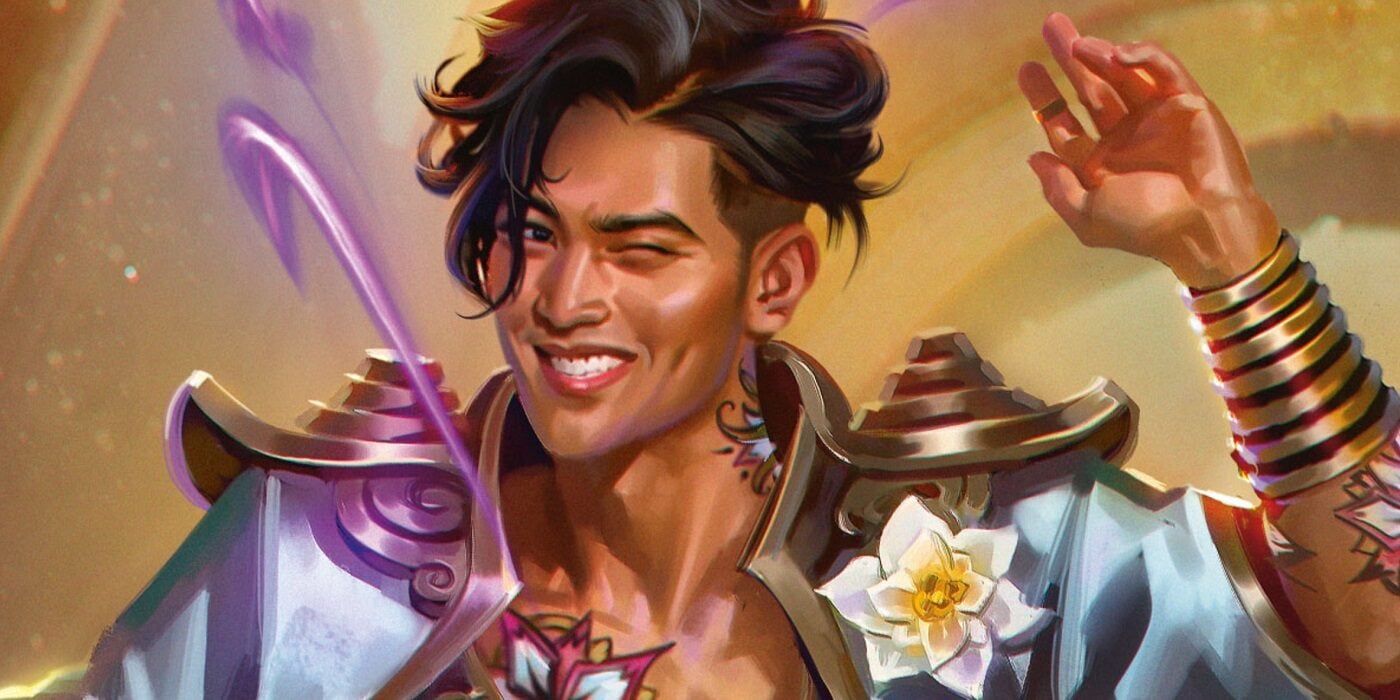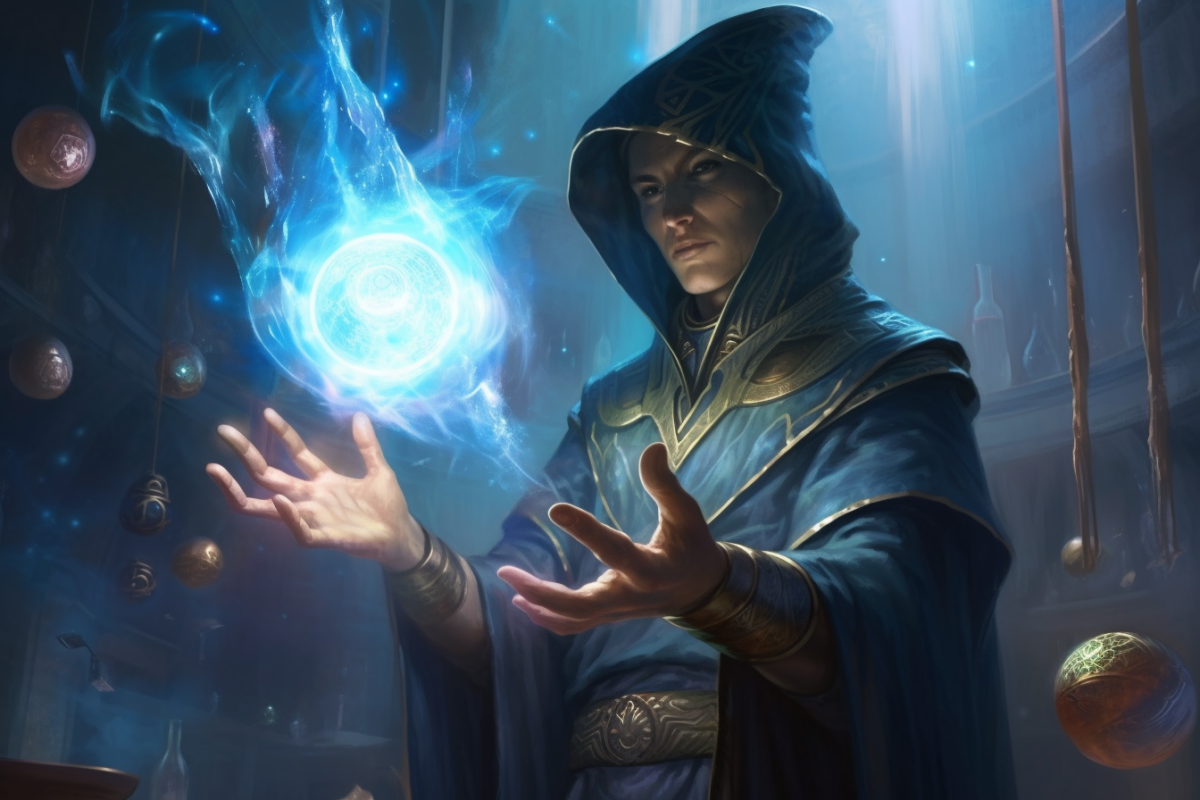According to the new Dungeon Master’s Guide, players only want one thing. There are just eight different types of one thing.
One of the first pieces of advice in the new Dungeon Master’s Guide is to get to know your players. More specifically, to know what they want. This further cements the immortal idea that the DM is both a service top and a power bottom.
Balancing a player’s needs and wants is one of the key skills of being a DM, according to the new Dungeon Master’s Guide. A key to that is understanding Player Motivations. But, as my acting teacher used to say, “Figuring out motivation is a ton of work.”
And in the new DMG, there are eight different potential motivations for players. Are they all of them? Almost certainly not. But we, as a society, have built whole industries about describing “personality traits” and then saying, “I’M THAT ONE.” Whether it’s enneagrams, Myers-Briggs, or the four humors, humans love to make a box and put things in it.
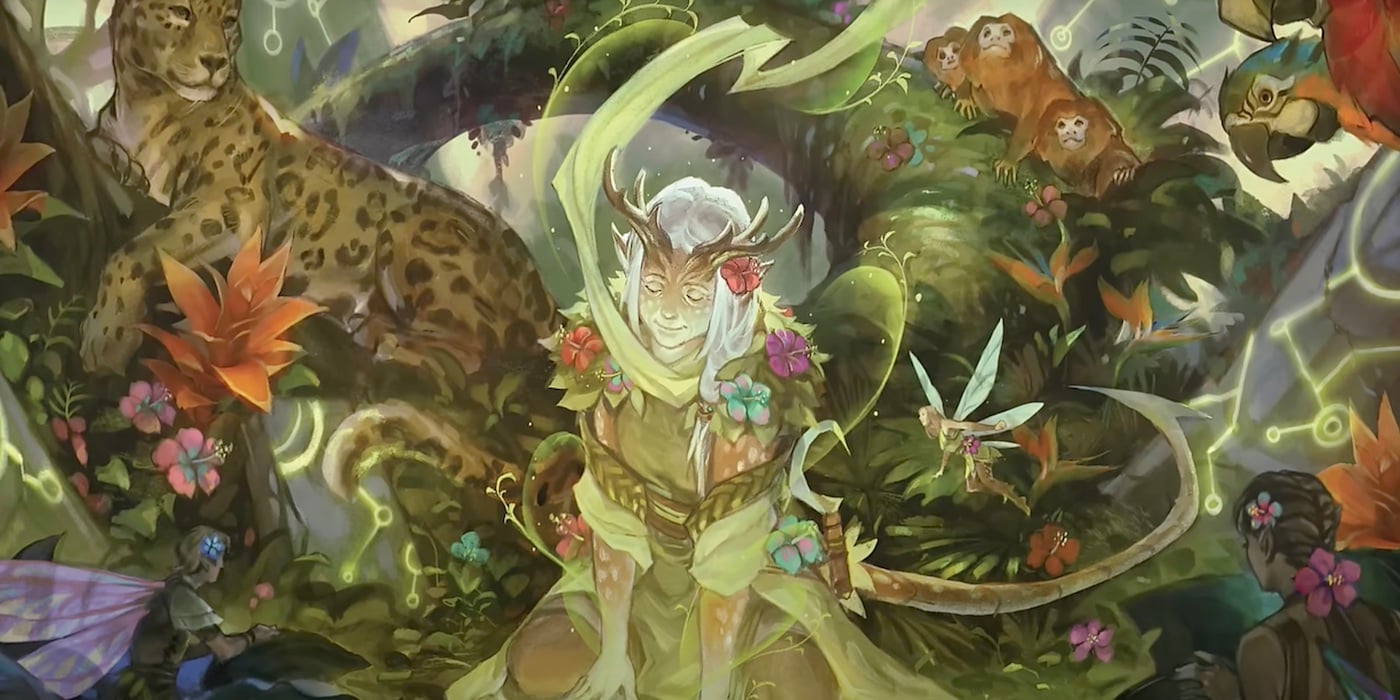
Player Motivations In The Dungeon Master’s Guide
So, what kind of box does the DMG construct? Turns out it’s an eight-section box with compartments that sort of bleed into each other. The real missed opportunity is there’s not also a personality test that you can take to determine what type of player the reader is. But here are the types of Player Motivations in the Dungeon Master’s Guide, starting with:
Acting – As a player’s motivation, Acting is all about not just playing your character but embodying them. Coming up with a voice. Thinking of their personalities and perspectives. According to WotC, these are the players who enjoy social interactions with NPCs, monsters, and party members (though I imagine that’s every player). You can give them chances to do that, in and out of combat, pull on their backstory a little, and you’ve got an engaged “actor.”
Exploring – This player motivation features next in the Dungeon Master’s Guide. And it’s all about getting immersed in the world. If you’ve ever wanted to feel “lost” in the world of your game. If you’ve read up on the background of the world, you might be an explorer. The DMG recommends dropping hints at things to come. There are interesting things to find, evocative descriptions, exciting environments, and giving the monsters secrets to uncover.
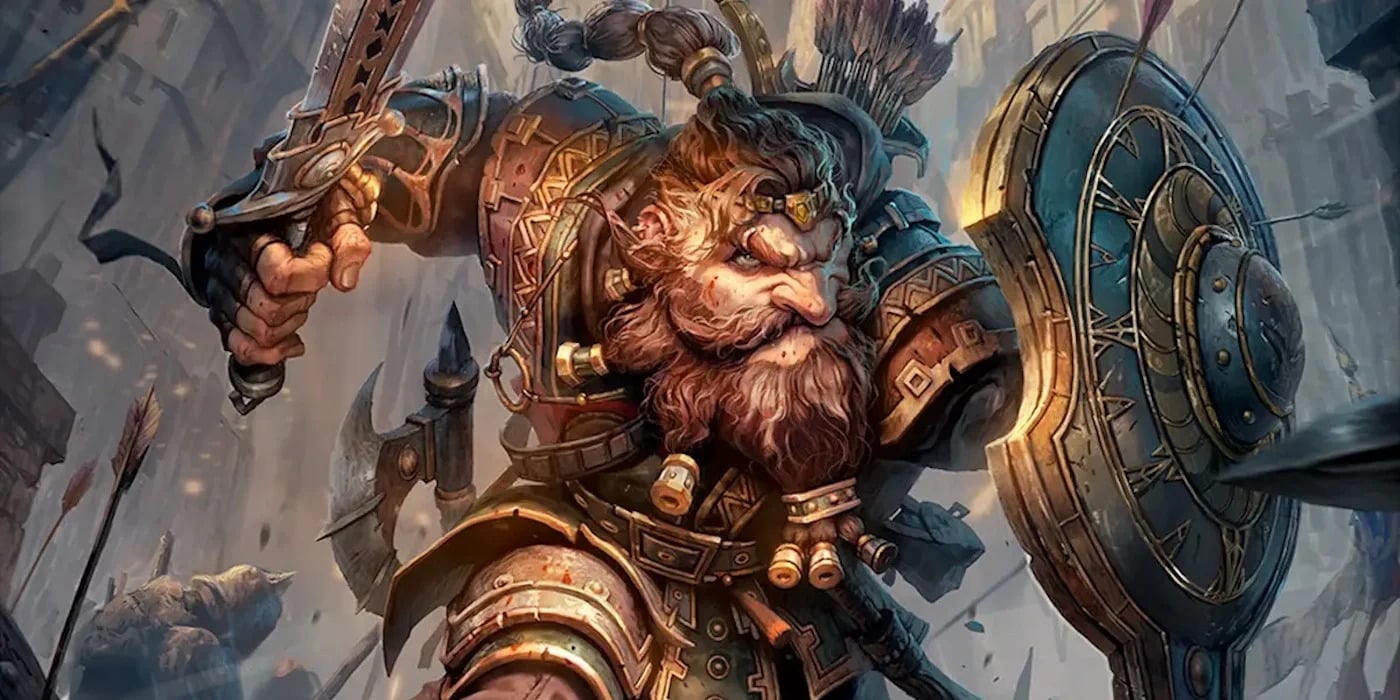
Fighting – This player motivation is all about fantasy combat. Players who like fighting love combat in D&D, love to feel like their actions have an effect on the battlefield (and off), and may often enjoy unexpected combat encounters. Simple, but a powerful motivator.
Instigating – Look, I’m not saying that I felt personally attacked reading this one. But I am saying that someone needs to make things happen in the game. This is why players who are instigators are all about making things happen, even if it means taking bold risks. And to engage us them DMs should let actions affect the environment. Sprinkle in the occasional tempting button to push or an interesting thing to interact with. Most importantly, we should let there be consequences for actions, both negative AND positive.
What About All The Math
As you can see, some of these are very broad player motivations. But what about players who love the crunch? Who loves the numbers? The sheer math of it all? Don’t worry they’re in there twice.
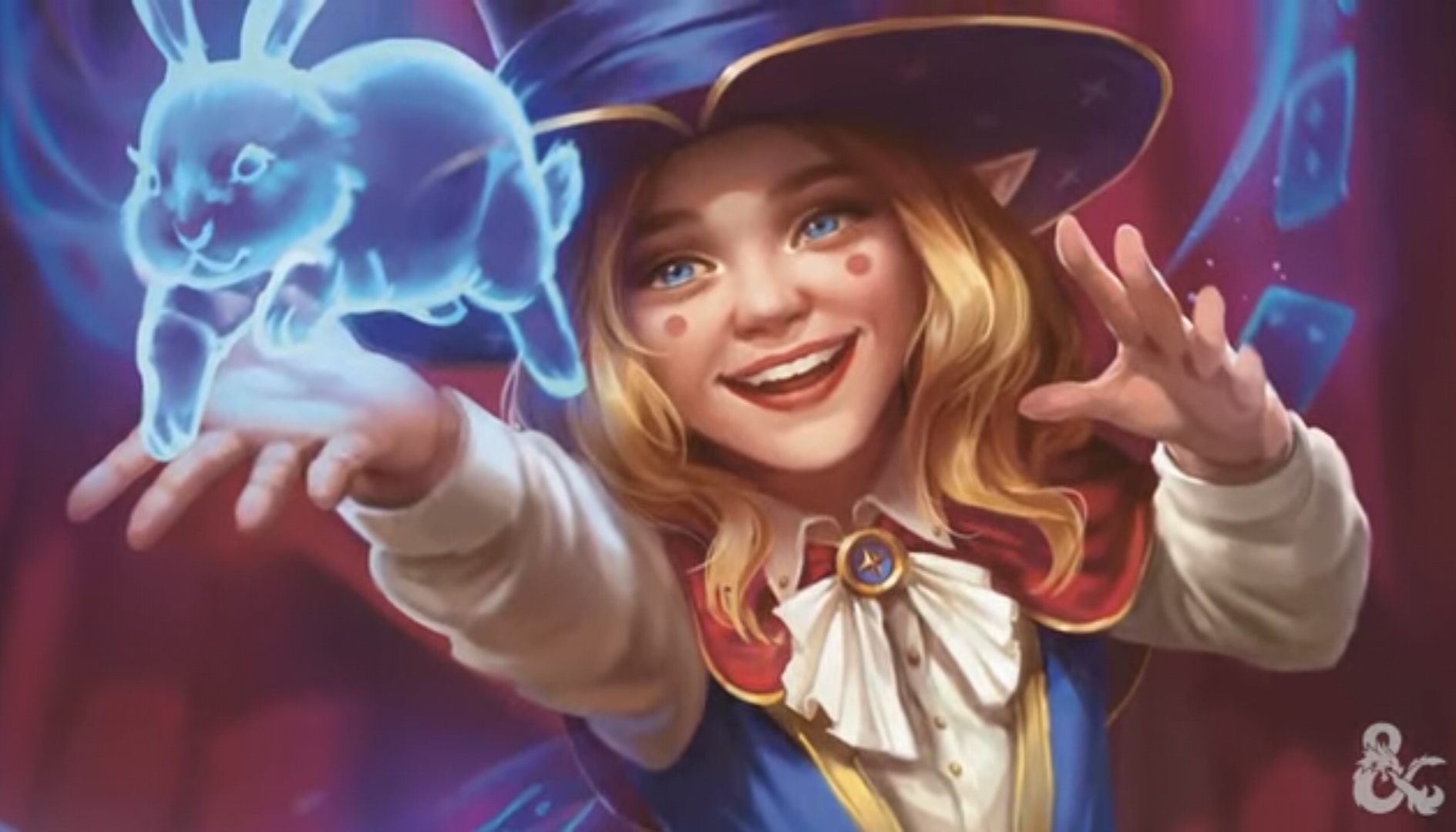
Optimizing – as a player motivation in the Dungeon Master’s Guide, Optimizing is all about getting the most out of every level, every magic item, and every class feature. This isn’t a bad way to play. I like to be good at the things my character is supposed to be good at. You motivate optimizers by giving them things to optimize with and making challenging encounters or situations that let the math shine.
Problem-Solving – The other side of the “math good” player motivation equation. The Dungeon Master’s Guide describes problem-solving players as the ones who love to look at what the world is doing and try to figure it out. This can be anything from actual puzzles to be solved to NPC schemes, villainous machinations, or interesting in-world dilemmas. Make your NPCs complex, and let these players’ planning and tactics pay off, and you’ve got it made.
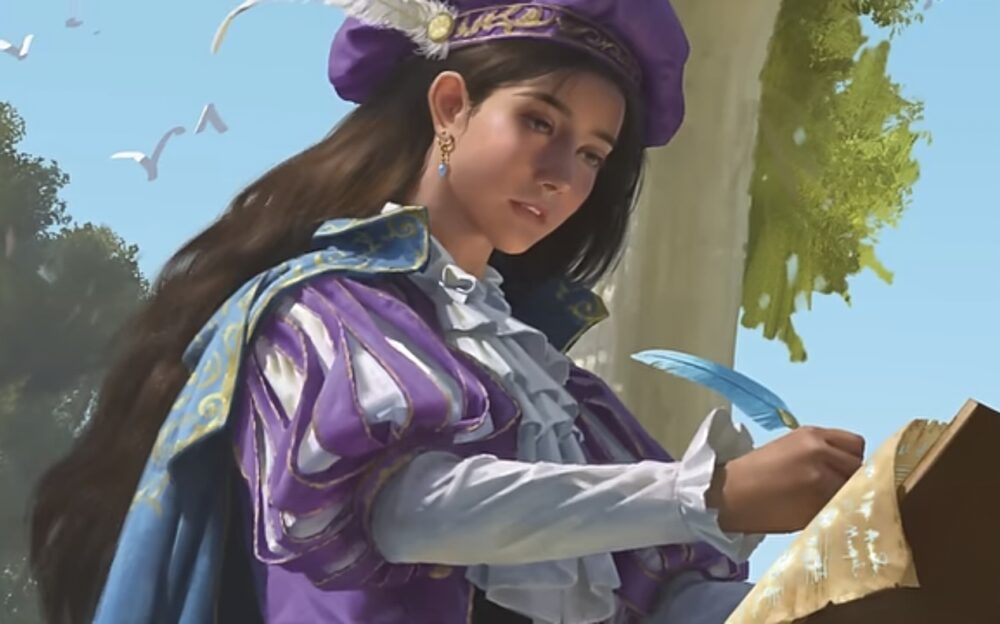
Socializing – This category describes the players that are there to hang out with their friends. Older editions might have described them as lurkers. But these are the players who want to hang out and who get engaged in other ways. As you might expect, it’s pretty easy to motivate them: just keep the game running and give them a chance to hang out .
Storytelling – Finally, the last player motivation in the Dungeon Master’s Guide; Storytelling is all about wanting to contribute to the narrative. They like to “do it for the plot”, whether that means making a decision that has negative consequences, or investigating the plot threads you leave lying around. Motivating them just means keeping the narrative unfolding. Have NPCs that feel connected to the players, or things that tie the adventure together. Storytelling players love to put the pieces together.
Again, this is hardly a comprehensive list. But it’s a place for any DM to start by thinking “okay what do these a-holes really want out of today’s session.” Just keep that in mind, and you’ll be on your way to being an excellent DM.
Which player motivations speak most strongly to you?
Don’t Miss:
Read more at this site

